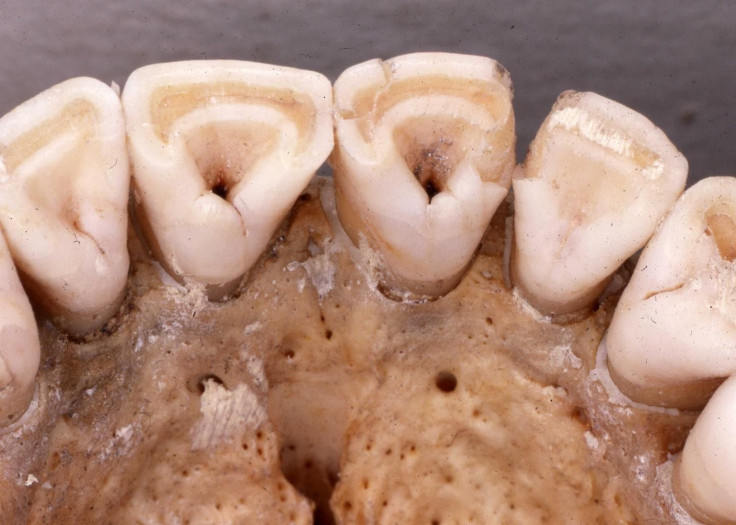Rare Breastfeeding-Related Genetic Mutation Helped Early Americans Survive Ice Age: Study

The last ice age, some 11,500 to 21,000 years ago, was a chilling period, marked by a number of changes for all the life on Earth. Early humans survived those changes and evolved into the modern-day Homo sapiens, but according to a new study, a rare breastfeeding-related genetic mutation might have played a critical role in that transformation.
Sometime around 20,000 years ago, when the glacial period was just beginning to peak, Native Americans and East Asians witnessed very low levels of sun’s ultraviolet radiation. This, according to the study, disrupted vitamin D production in the skin of newborns, affecting their growth and survival, but the mutation counterbalanced the effect, helping the babies grow and thrive.
Essentially, the genetic changes increased the branching density of mammary ducts in the breasts, helping mothers provide sufficient vitamin D and fat to their babies through lactation.
"This highlights the importance of the mother-infant relationship and how essential it has been for human survival," Leslea Hlusko, an associate professor of integrative biology at the University of California, Berkeley, said in a statement.
People living closer to the equator get sufficient vitamin D for fat regulation and calcium absorption, but those on high latitudes miss out because the sun is doesn’t shine all year long. To tackle this, people centuries ago engaged in hunting for fat, but babies relied solely on breastfeeding.
What’s also interesting is the fact that the rare mutation had an impact on the shape of the teeth of the population. The researchers noted just around the same time when the mutation was spreading, Native Americans and northeast Asians started developing shovel-shaped incisors (with ridges along the sides and biting edge), something that has only been found in people belonging to the two groups. The change in the shape of the teeth and the branching of mammary ducts are both linked to the same gene in humans.
Hlusko and colleagues posited this theory after studying population records. In fact, they noted almost 100 percent of the early Native Americans and 40 percent of modern-day East Asians had shovel-shaped incisors. Then, they used the genetic effect associated with the dental variation to understand the evolution of mammary glands during the last Ice Age.
Previous studies suggested shovel-shaped incisors might have developed as a way to soften animal skin, but the new theory is completely different.
"People have long thought that this shoveling pattern is so strong that there must have been evolutionary selection favoring the trait, but why would there be such strong selection on the shape of your incisors?" Hlusko added. "When you have shared genetic effects across the body, selection for one trait will result in everything else going along for the ride."
That said, the team ultimately hopes the information from this work can be leveraged to understand the origins of dense breast tissue and the role it plays in breast cancer.
The study, titled “Environmental selection during the last ice age on the mother-to-infant transmission of vitamin D and fatty acids through breast milk”, was published April 23 in Proceedings of the National Academy of Sciences.
© Copyright IBTimes 2024. All rights reserved.





















